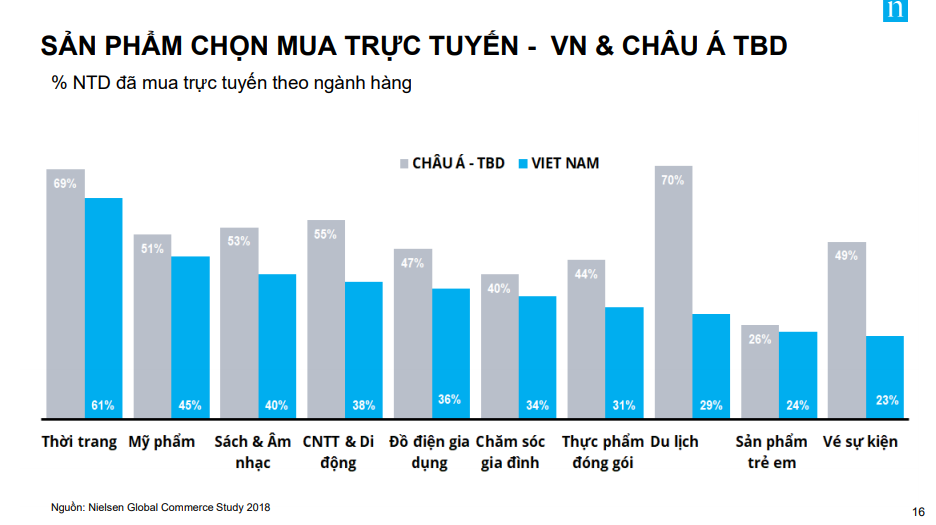No products in the cart.
Blog
Hướng Dẫn Mua Sắm Thực Phẩm Tại Nhật Bản: Từ Chợ Truyền Thống đến Cửa Hàng Tiện Lợi
[

Hướng Dẫn Mua Sắm Thực Phẩm Tại Nhật Bản: Từ Chợ Truyền Thống đến Cửa Hàng Tiện Lợi
Introduction

Planning a trip to Japan? Get ready for a culinary adventure! Japanese food is renowned globally, and experiencing it firsthand is a must. But navigating the diverse food landscape – from bustling traditional markets to sleek convenience stores – can be overwhelming. This comprehensive guide will equip you with the knowledge and confidence to successfully shop for food in Japan, ensuring you savor authentic flavors and avoid any costly mistakes. We’ll explore everything from finding the freshest produce to understanding unique Japanese grocery shopping customs, making your culinary journey in Japan seamless and delightful.
Chợ Truyền Thống (Traditional Markets): A Sensory Feast
Traditional markets, or ichiba, are a vibrant and essential part of Japanese culture. They’re not just places to buy food; they’re experiences. The bustling atmosphere, the colorful displays, and the freshness of the ingredients are unparalleled. Navigating these markets, however, requires a little preparation.
- Bargaining: While not as common as in some other countries, gentle bargaining is sometimes possible, especially towards the end of the day. Don’t be afraid to politely ask for a small discount.
- Language: While many vendors speak some English, learning basic Japanese phrases like “arigato” (thank you) and “ikura desu ka?” (how much is it?) will greatly enhance your experience and show respect.
- Cash is King: Most traditional markets prefer cash payments. Credit cards are less commonly accepted.
- Peak Hours: Visit early in the morning for the freshest selection and to avoid the largest crowds.
- Seasonal Produce: Take advantage of the seasonal bounty! Ask the vendors about what’s in season for the best flavor and value.
- Sampling: Many vendors offer samples. This is a great way to discover new foods and flavors.
Siêu Thị (Supermarkets): Convenience and Choice
Supermarkets in Japan offer an incredible range of options, from familiar international products to uniquely Japanese delicacies. They’re a reliable choice for a wide variety of food items, making them incredibly convenient for stocking up on groceries.
- Variety: Japanese supermarkets offer an extensive selection of both domestic and imported goods. You’ll find everything from fresh produce and seafood to pre-packaged meals and international snacks.
- Cleanliness: Japanese supermarkets are known for their impeccable cleanliness and organization.
- Self-Service: Many supermarkets utilize self-checkout systems, speeding up the checkout process.
- Product Labeling: While some English is often included, learning basic Japanese food terms can be helpful for understanding ingredients and choosing products.
- Packaging: Pay attention to packaging sizes, as portion sizes can vary significantly from what you may be used to.
- Location: Supermarkets are readily available in most cities and towns across Japan.
Cửa Hàng Tiện Lợi (Convenience Stores): Quick Bites and Essentials
Convenience stores (konbini) are ubiquitous in Japan, offering a surprising array of food and drink options beyond just snacks. They’re perfect for quick meals, last-minute necessities, and exploring ready-to-eat Japanese staples.
- 24/7 Access: Konbini are open around the clock, providing convenience at any hour.
- Ready-to-Eat Meals: These stores offer a surprising variety of ready-to-eat meals, bento boxes, onigiri (rice balls), and sandwiches.
- Drinks and Snacks: An extensive selection of beverages, both hot and cold, as well as a huge range of Japanese snacks are available.
- ATM Access: Many konbini have ATMs, making it easy to withdraw cash.
- Other Services: Konbini often offer services beyond just groceries, such as photocopying and faxing.
- Location: Their prevalence makes them incredibly easy to find across Japan.
Nhà Hàng và Quán Ăn (Restaurants and Eateries): Culinary Exploration
Japan’s diverse culinary scene offers endless opportunities for gastronomic exploration. From Michelin-starred restaurants to humble ramen shops, every meal is a chance to discover new flavors and experiences.
- Reservations: For popular restaurants, especially those with Michelin stars, reservations are highly recommended.
- Dietary Restrictions: Communicating dietary restrictions (e.g., allergies, vegetarianism) is crucial; learn key Japanese phrases or use translation apps.
- Tipping: Tipping isn’t customary in Japan.
- Menu Variety: Explore diverse menus, including regional specialties and traditional dishes.
- Dining Etiquette: Familiarize yourself with basic Japanese dining etiquette, such as using chopsticks correctly.
- Payment Methods: Most restaurants accept credit cards, but confirm beforehand.
Mua Sắm Online (Online Shopping): Convenience at Your Fingertips
While exploring physical stores is a crucial part of the Japanese food experience, online shopping offers an additional layer of convenience, especially for specific items or bulk purchases.
- Language Barrier: Using a translation tool or browser extension can help navigate Japanese websites.
- Delivery Options: Many online retailers offer same-day or next-day delivery within urban areas.
- Payment Methods: Familiarize yourself with accepted payment methods (credit cards, digital wallets).
- Product Reviews: Check product reviews to assess quality and authenticity before ordering.
- Website Navigation: Be aware that some Japanese websites may not be fully translated into English.
- Shipping Costs: Be mindful of shipping costs, especially for heavier or larger items.
Table Summarizing Key Differences
| Feature | Traditional Market | Supermarket | Convenience Store | Restaurant/Eatery | Online Shopping |
|---|---|---|---|---|---|
| Atmosphere | Bustling, vibrant | Organized, clean | Convenient, quick | Varied | Convenient from home |
| Product Range | Fresh, seasonal | Wide variety | Limited, essential | Diverse menu | Wide variety |
| Price | Potentially lower | Moderate | Moderate to higher | Varied | Varied |
| Payment | Mostly cash | Cash & credit | Cash & credit | Cash & credit | Credit cards, digital wallets |
| Convenience | Less convenient | Convenient | Extremely convenient | Varies based on location | Highly convenient |
Conclusion
Successfully navigating the Japanese food scene is a rewarding experience. This guide provides a solid foundation for your culinary adventures, from the bustling energy of traditional markets to the quiet convenience of konbini. Remember that embracing the local culture, learning a few basic Japanese phrases, and being open to new experiences will significantly enhance your food shopping journey. By blending careful planning with a spirit of adventure, you’ll not only find the freshest and most delicious foods but also create memories to last a lifetime. Don’t be afraid to explore, ask questions, and enjoy the vibrant tapestry of Japanese culinary delights.
Keywords:
Japanese grocery shopping, traditional markets, supermarkets, convenience stores, online food shopping
]

Bài viết hay quá! Mình thấy rất hữu ích, đặc biệt là phần hướng dẫn mua sắm ở chợ truyền thống. Cảm ơn tác giả nhiều nha!
Rất bổ ích! Giúp mình hiểu hơn về văn hoá ẩm thực Nhật Bản. Tuyệt vời!
Bài viết thiếu thông tin về giá cả thực phẩm. Mình thấy hơi khó áp dụng vì không biết giá cả thế nào cả.
Hay đấy, nhưng mà hình như có 1 vài chỗ chưa chính xác lắm về các loại thực phẩm. Bạn nên kiểm tra lại nhé!
Thêm thông tin về các ứng dụng đặt đồ ăn online ở Nhật được không ạ? Mình thấy tiện lắm đó!
Ôi, hướng dẫn chi tiết quá! Đọc xong muốn đặt vé máy bay sang Nhật liền luôn! Haha
Bài viết hay nhưng mà dài dòng quá trời, đọc mỏi cả mắt luôn. Nên tóm gọn lại cho dễ đọc hơn nha.
Chắc chắn rồi, bài viết này viết hay như… mình viết vậy đó! (Tức là rất tệ!)
Thật tuyệt vời! Nhưng mà sao mình thấy phần hướng dẫn mua ở cửa hàng tiện lợi hơi sơ sài nhỉ? Cần bổ sung thêm nhiều thông tin hơn nữa.
Bài viết này chắc chắn hữu ích cho những ai chuẩn bị đi du lịch Nhật Bản. Tuyệt vời lắm!
Hài hước thật đấy! Đọc bài viết xong thấy Nhật Bản gần gũi hơn rồi. Tuy nhiên, phần về chợ cá hơi thiếu hình ảnh minh hoạ.